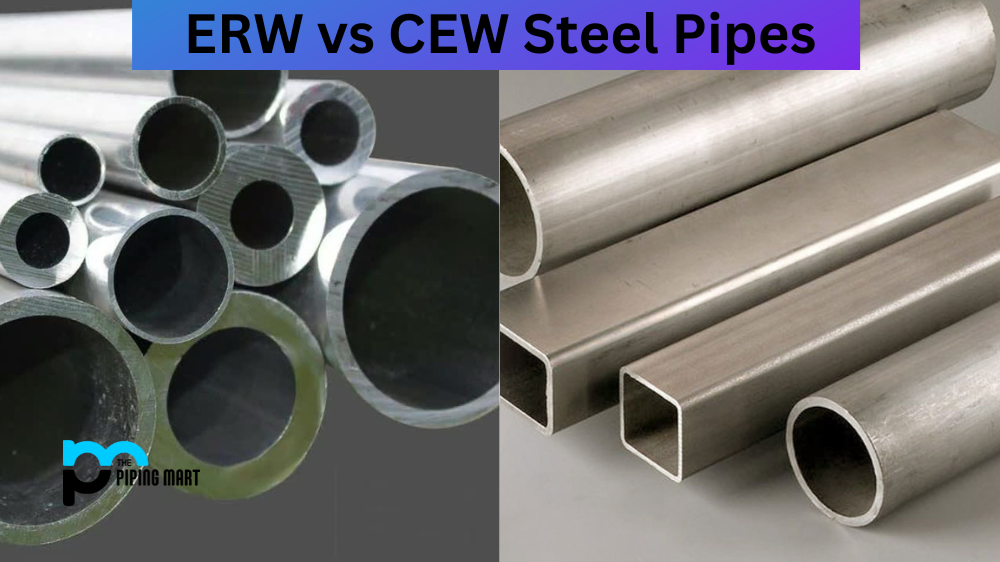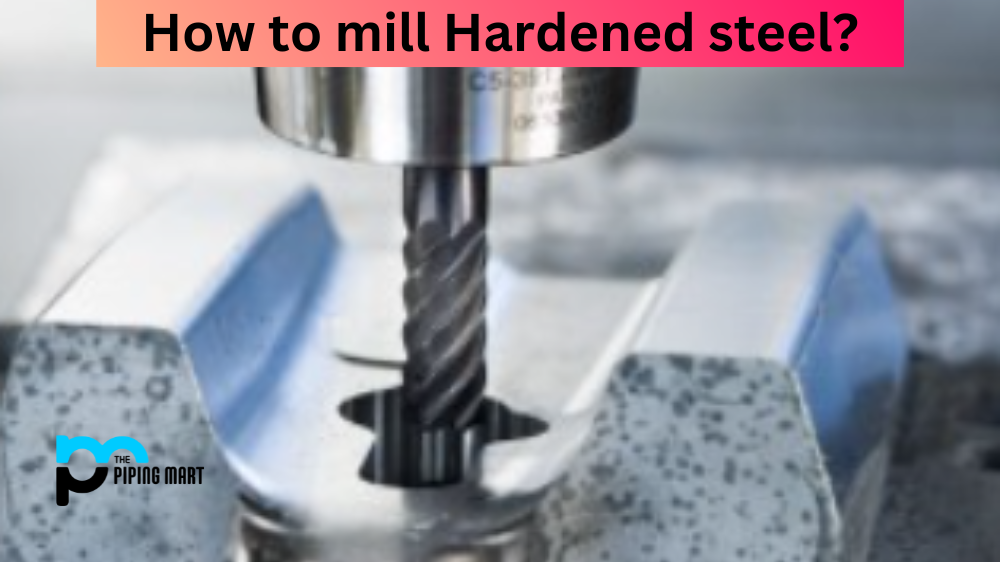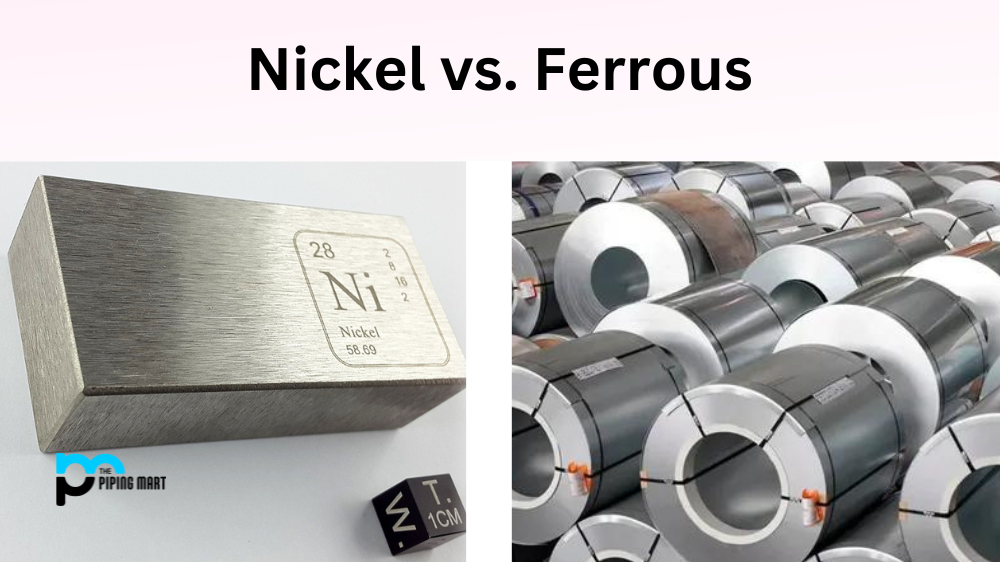Regarding industrial applications, pipes play a vital role in ensuring smooth operations. But with many pipe varieties available in the market, deciding which one best suits your needs becomes challenging. Two popular options that you may encounter are ERW and CEW pipes. Both types are widely used in the piping industry but have distinctive features. In this blog, we will discuss the differences between ERW and CEW steel pipes to help you make an informed decision.
What are ERW and CEW?
ERW and CEW are both types of welding processes. ERW stands for Electric Resistance Welding, while CEW stands for Cold Electric Welding. Both methods use electricity to weld metal together, but they differ in how the electricity is used.
Difference Between ERW and CEW Steel Pipes
Manufacturing Process
Electric Resistance Welded (ERW) and Cold Drawn Electric Welded (CEW) pipes differ significantly in their manufacturing processes. ERW pipes are formed by heating the steel strip and passing it under rollers to shape it into a cylinder. The edges are then welded together using an electric charge to fuse the material. In contrast, the CEW process involves pulling a heated steel rod through a die, which results in a seamless tube. Both methods have pros and cons, but it mainly depends on the specific application.
Strength and Endurance
One of the most crucial factors when selecting a pipe is its strength and durability. ERW pipes have a smooth surface finish and are generally stronger than CEW pipes. However, CEW pipes are more resistant to external stress, such as vibrations and shocks. They also have a higher endurance limit, which means they can withstand more pressure and strain than ERW pipes.
Cost and Availability
Another essential factor while choosing a pipe is its cost and availability. ERW pipes are typically less expensive than CEW pipes, making them more prevalent in the market. However, in some scenarios, the higher durability and endurance of CEW pipes may justify the additional cost. It also depends on the availability of the material, manufacturing cost, and transport cost, which may vary depending on the supplier and location.
Which is Better, ERW or CEW?
There is no definitive answer as to which process is better. Each has its advantages and disadvantages. ERW welding is faster and more economical, but it can cause problems with the quality of the welds. CEW welding is slower and more expensive but produces higher-quality welds.
Applications
The intended application is essential in determining the type of pipe required. ERW pipes are commonly used in construction, water supply systems, and plumbing due to their affordability and ease of manufacturing. On the other hand, CEW pipes are suitable for high-pressure applications such as oil and gas transport, hydraulic systems, and the automotive industry. They are preferred in areas where reliability and durability are crucial factors.
Maintenance
The maintenance and upkeep of pipes are crucial in ensuring their longevity. ERW and CEW pipes require little maintenance, but their supervision differs significantly. ERW pipes are more prone to rust and corrosion due to their welded seams, which may need to be coated or sealed. In contrast, CEW pipes are seamless, which reduces the chances of corrosion and leakage. However, they require regular cleaning to remove impurities and prevent blockages.
Conclusion
Choosing a suitable pipe for your application is vital to ensure safe and efficient operations. Whether it’s ERW or CEW pipes, they have unique advantages and disadvantages. By understanding the differences between the two, you can make an informed decision based on your needs and budget. It’s essential to consult with a knowledgeable supplier or expert to help you evaluate various options and select the best pipe for your requirements.

Abhishek is a seasoned blogger and industry expert, sharing his insights and knowledge on various topics. With his research, Abhishek offers valuable insights and tips for professionals and enthusiasts. Follow him for expert advice on the latest trends and developments in the metal industry.




